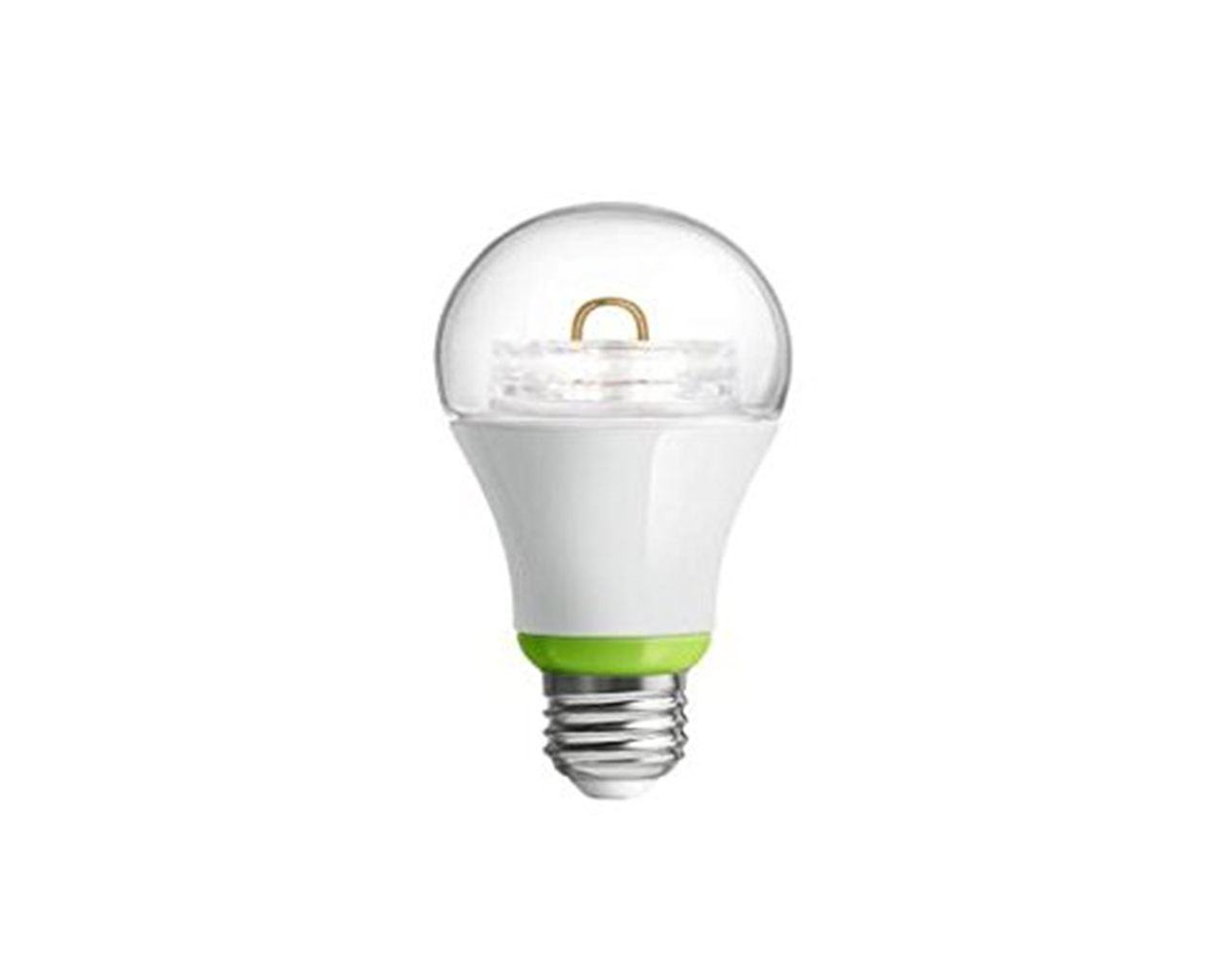Gone are the days when light bulbs were used just for illuminating your room. With smart TVs, smartphones, smartwatches, and more, we now have smart LED bulbs too.

Control them with a swipe of your finger virtually from anywhere at home. Their popularity is growing day by day and I thought it is the perfect time for a list of the 8 Best Smart LED Bulbs in the market right now. These have been tried and tested, and you can’t possibly go wrong with them.
LIFX Color 1000 A19 Smart LED Light Bulb
This smart LED bulb comes in a pack of one. The great thing about the LIFX Color 1000 is that it has Wi-Fi built-in. This means that you don’t need a hub to control the bulbs. It can be directly controlled with your smartphone to set colors from the 16 million available. There are 1,000 different shades of white available which is extremely less compared to the Philips Hue smart LED light bulb. The LIFX app is available across all platforms, be it Android, Windows or iOS.
GE Link Smart LED Light Bulb
The GE Link Smart LED light bulb requires a hub to connect to your smartphone, unlike the LIEF Color A1000. This means that you would have to invest in a hub like the Wink Hub to be able to use it. Once the hub is set up, you can use your smartphone to control the smart LED light bulb from virtually anywhere. Different light bulbs can be controlled as a group or as single bulbs. They can be scheduled and synced with other smart products according to your preferences.
Philips Hue White and Color Ambiance A19 Starter Kit
Philips Hue smart LED light bulbs are the most expensive ones on this list. But it does come with the brand quality and assurance of Philips. The third generation of this kit comes with much brighter and richer colors. It is compatible with Amazon Alexa for voice control as well as Apple Homekit technology. You can now choose from 16 million colors as well as 50,000 different shades of white light for the perfect ambiance and mood at home. The kit comes with three bulbs and the Hue Bridge hub which can connect up to 50 lights.
TP-Link Smart LED Light Bulb
TP-Link Smart LED light bulb doesn’t require a hub. It works well with your Wi-Fi router and all you need is the Kasa app to control the bulbs. The Kasa app can be set up on your smartphone or tablet. It can be then used to adjust the brightness, set schedules and scenes. It can also work well with Amazon Alexa for voice automation. The best part about this one is that it can work with an existing Wi-Fi network at home.
Flux Bluetooth Smart LED Light Bulb
The Flux Smart LED light bulb looks amazing with its matte black base. This is by far the only smart LED bulb to have it. This also uses Bluetooth unlike most of the other smart LED light bulbs which use Wi-Fi. All you’ve got to do is download the Flux Bluetooth app on your phone. The Flux Bluetooth smart light bulb can change colors automatically while playing music for an unforgettable experience. If that is unlike you, relax and unwind using the custom models & scenes to create something to your liking.
MagicLight WiFi Smart LED Light Bulb
This is yet another smart LED light bulb that doesn’t require a hub but uses your home Wi-Fi network. It also works with Amazon Alexa for voice control. The MagicLight smart LED light bulb is very similar to the one given above and it has more or less the same features. You can schedule the lights using the Magic Home Pro app. This is extremely useful and can be used for shutting off the lights at night, waking up to a particular color or coming home from work to a peaceful lighting, all from your smartphone.
LUCERO Smart Bulb
The last one on the list is another Bluetooth controlled smart bulb. The only downside to Bluetooth is the lack of range compared to a Wi-Fi network. If that doesn’t bother you, there is nothing else that will. This one too has most of the features of other smart LED light bulbs and has a great rating on Amazon from nearly 200 reviews. There are a lot of pre-programmed modes for you to try out and the countdown timer is a cool little addition. You can control up to 50 light bulbs individually or control them as groups of five bulbs each.

















